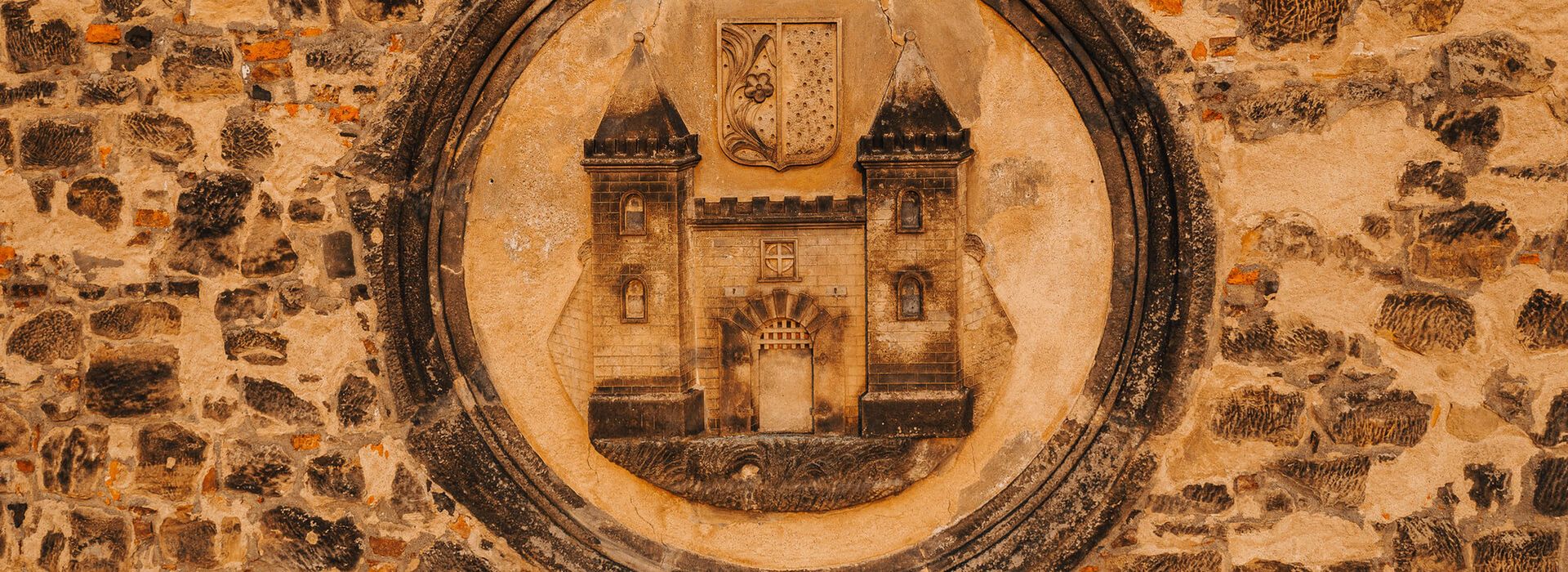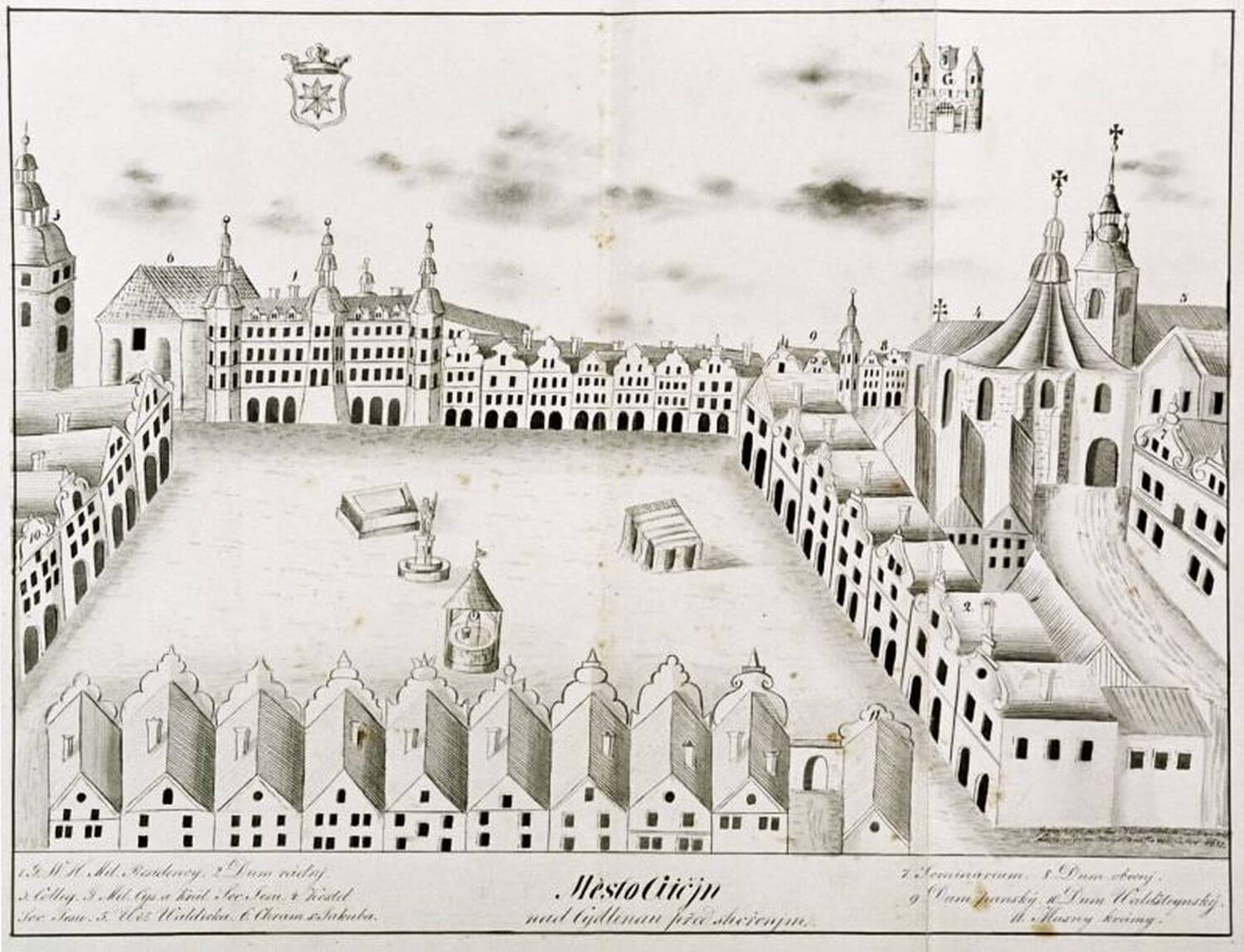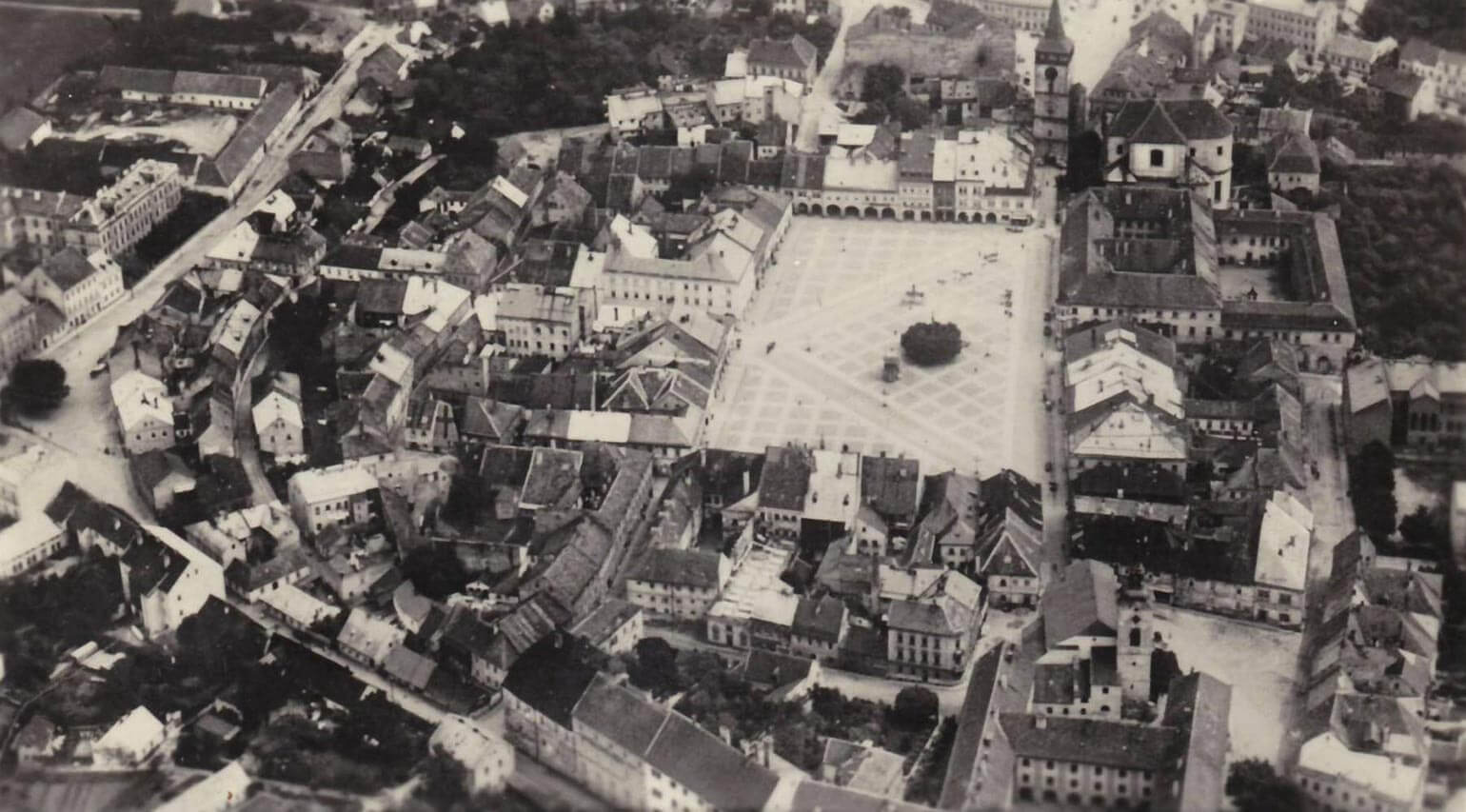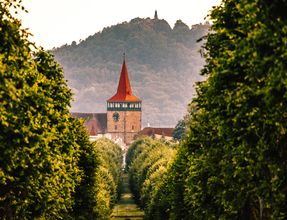
History of Jičín
The history of the formerly-royal town of Jičín has been shaped by several aristocratic families, the most significant ones being the Vartenberk, Trčka of Lípa and Smiřický families before the battle of the White Mountain (bitva na Bílé hoře) took place. Jičín went through its largest expansion when Albrecht von Wallenstein decided to build his residence in the town during the 30-year-war.
Medieval Age
The landscape around Jičín has been inhabited for almost 8,000 years due to its convenient geographical layout and weather conditions. The first written records come from the 12th century Strahov monastery founding charter. Jičín was a royal town until John of Bohemia (Jan Lucemburský) sold it to the Vartenberk family in 1337. The Trčka of Lípa family owned the town in the Renaissance period and added Valdice Tower to Jičín’s fortification system. The Smiřický family took over ownership next. After the Battle of White Mountain, Albrecht von Wallenstein claimed dominion and invited in Italian architects, who got busy with changing the then-provincial town into a luxurious and representative residence for Wallenstein.
Era of Albrecht von Wallenstein

While the Czech lands were undergoing the deep crisis of the 30-year war, Jičín experienced an unprecedented boom - it even has a special name: Terra Felix, which translates to lucky/happy land. That all changed after Wallenstein’s assassination, which caused all construction to cease, and the town and its surroundings were raided by Swedish and Imperial armies.
The grammar school, which was founded by the Jesuits Wallenstein had invited to Jičín, played an important role throughout the Czech National Revival. For one thing, František Ladislav Rieger studied there.
19th and 20th Century
Jičín moved to the centre stage of European affairs in 1813, when Austrian Emperor Francis II stayed in town. At the same time, Alexander I of Russia was staying in Opočno and Frederick Willam III of Prussia in Ratibořice. Emissaries of the king, the tzar and the emperor met in Jičín Palace to strategize common steps against Napoleon. In June 1866, the Austro-Prussian war had significant consequences for the town’s day to day life; Austrian armies were not able to oppose the considerably-more-modern equipment of the Prussian army, and the battle of Jičín heralded the crushing defeat at Sadová, which came just a few days later.
The Trauttmansdorffs were the last aristocratic family connected to Jičín. They sold the palace, Wallenstein Loggia and other property to the town in the 1930s. A large part of construction during this First Republic period was based on designs by Čeněk Musil.

Historical Town of the Year 2016
The centre of the town was proclaimed an urban conservation zone mid-last century due to the well-preserved sites of high historical and artistic value. The historical centre of Jičín is protected from insensitive building. Wallenstein Square is the heart of the conservation area and is bordered by baroque burgher houses with arcades. Jičín was awarded the title of the Historical Town of the Year in 2016 for the exemplary care it takes of its sites.
 Share
Share


